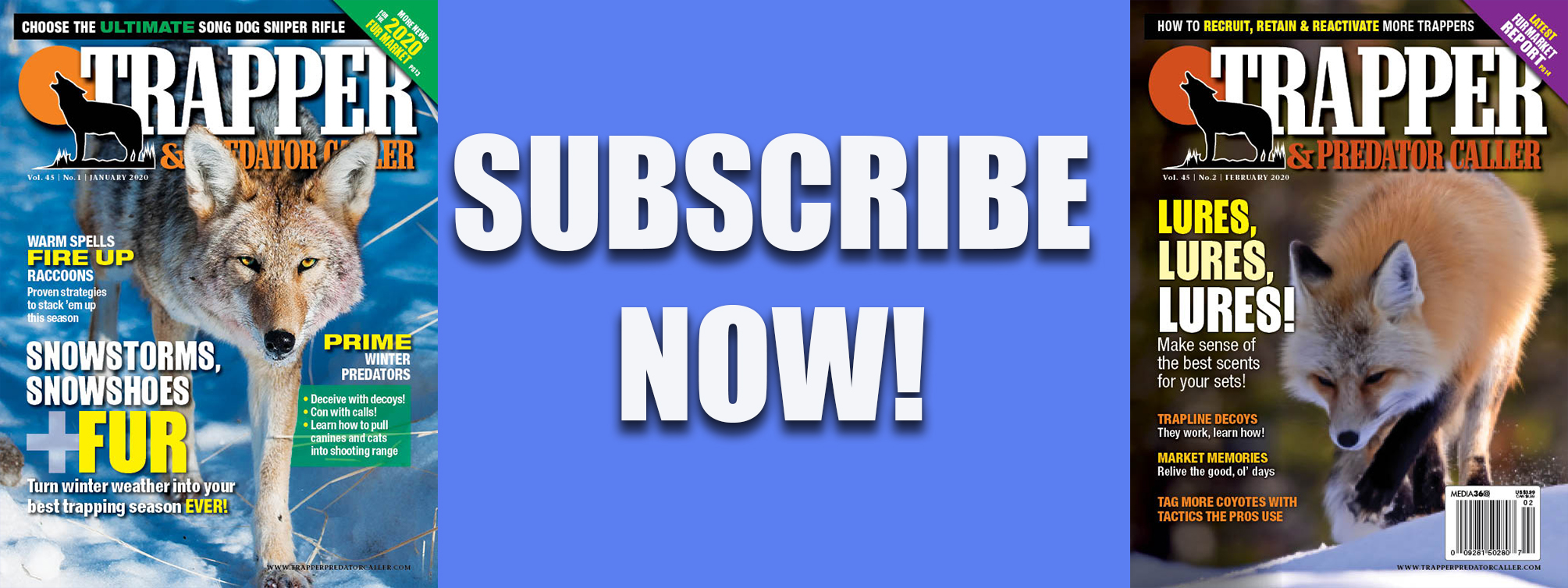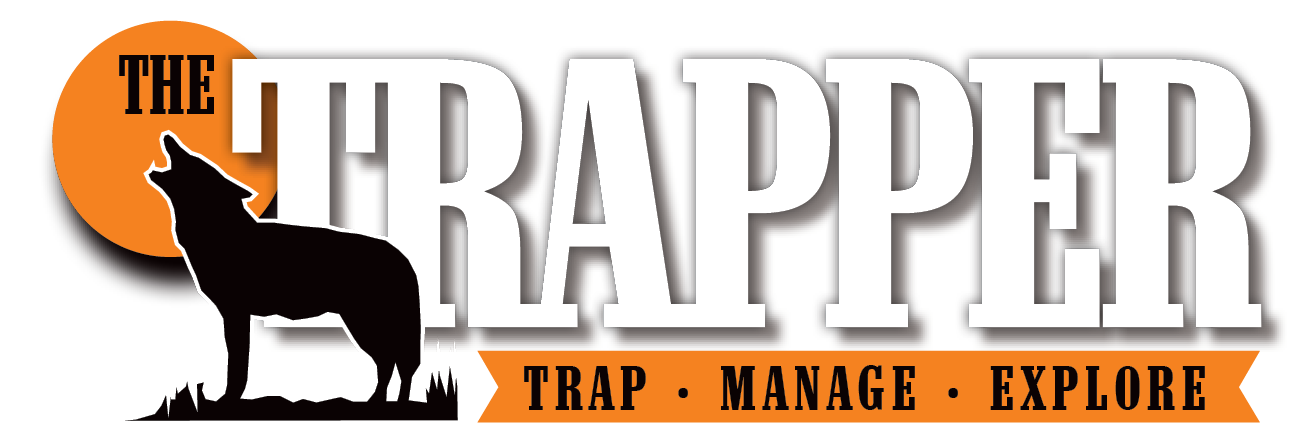The rumors of more difficult times ahead are growing again as trappers are busy harvesting fur all over Canada and the United States. November and December are prime months for prime fur, and in most jurisdictions, these two months are when the majority of the fur is harvested. By now, trappers have made the most important decisions of their seasons, choosing which species to pursue, how much effort and time to invest, where to go, when to start and how to sell. Coyotes still reign at the top of the most-wanted list for profit-driven trappers. Western bobcats also continue to be a safe bet for profit — if you have them. Fox trappers, on the other hand, have weak markets to look forward to, and red foxes especially continue to face a very low demand anywhere.

Trapper & Predator Caller fur market expert Serge Lariviére.
At this time, there is no indication whatsoever of a better market for early 2020. This really means that at best, you can expect prices for 2020 to match those that you received in early 2019, which like I just said, were not great for everything other than coyotes and bobcats.
If you catch coyotes this year, my advice is to sell them at the first opportunity — as the coyote craze has been going on for a long time, and no one knows yet just how long it will last. We know it will eventually come to an end, we just do not know when that will happen. At $100 a skin for good Western coyotes, and averages over $60 to $70 for good Eastern coyotes, don’t hang on to your furs waiting for the market to rise. The next change will likely be a downward move. Catch them prime, sell them, and ride that wave while it lasts. Some figure that we may still have a year or two, but that market is not expected to go much higher than it already is.
Water trappers face another difficult year. Muskrats will continue to be a $2 to $3 item, wild mink will struggle to reach $10, with most skins selling for $3 to $5 — yes you read that right — $3 to $5 for an average wild mink. River otters are best sold locally, as most skins at international auctions seem to idle with no demand. It will be a good time to get some skins tanned if you ever wanted any — the water species could hardly go any lower.
The last of the water species, but the most important for many Canadian and American traplines, is the beaver, and that market is also low. Beavers are now a $8 to $10 item on average, and most trappers agree that they are not worth pursuing at these prices.
My advice to you hard-core beaver trappers is simple: make some calls and find markets for the byproducts. Castor prices are really high and castor glands alone may bring you up to $10 each for a large beaver — maybe even more than the price of the pelt. So, save the castor glands. Then, depending on where you live, investigate who may wish to buy the carcasses. Here in Canada, there is a great demand for beaver meat in some areas (selling the gutted and clean carcass for $10 to $15), others sell the carcasses as dog food, and some as bear baits to outfitters. Those last two markets typically pay about $5 for each carcass. Be selective in what you skin and try to sell. This last year, my extra-large and large beavers all made it above the $10 mark, but the smalls and mediums all sold for less than $5. You may wish to simply sell the small ones with the fur on for bear bait or dog food — skinning them may simply not be worth it — especially if you are pressed for time.
I grew up skinning, fleshing and boarding everything that I ever caught, prime or not, damaged or not, as that was “respect” for the catch. But flooding the market with junk skins is not helping the industry, and there is no sense in investing time in “no-value” fur. Grocery stores throw food away when it goes bad and becomes valueless. Small beavers with obvious damage have value as human food, trapping bait, dog food or bear bait. It breaks my heart sometimes to have to consider a catch “not worthy” of skinning, but in times of low market prices, the reality is just that. Catch the beavers, maybe get paid for doing it, skin and sell the big ones, sell the meat, sell the castors, use the guts for bait, maybe find an outlet for the skull, and you may have a point in chasing them.
Raccoons seem to sell, but at really low prices, mostly with averages below $10. I have seen more roadkills this year than any other year I can remember, and I am sure part of the reason is the lack of interest in the species from trappers.
It is so much fun trapping raccoons in large numbers, but when the average drops below $10, even the most motivated trappers hesitate. Again — if you can — find an outlet for the meat. In some states you can get $3 to $4 per raccoon for the meat market. Skulls may be another byproduct worth selling. Raccoon carcasses do not make good bait in my experience, so this is where it ends. I suspect the overall offering of raccoons to be sold in 2020 will be even lower than this year.
Marten and fisher will sell okay at best. At this point, there is no indication of an upward turn in the market. Rumor is that China is getting weaker, as is Korea. Russia is still not back at the buying table, and the entire ranch mink industry is plummeting, which also means that buyers can get perfect ranch mink skins for $15 to $20. This makes it less appealing to purchase wild, short-hair skins such as otter, wild mink, muskrat or marten. Trim items will outperform anything else, long-hair skins will bring better prices, and we are in for another tough market year.

